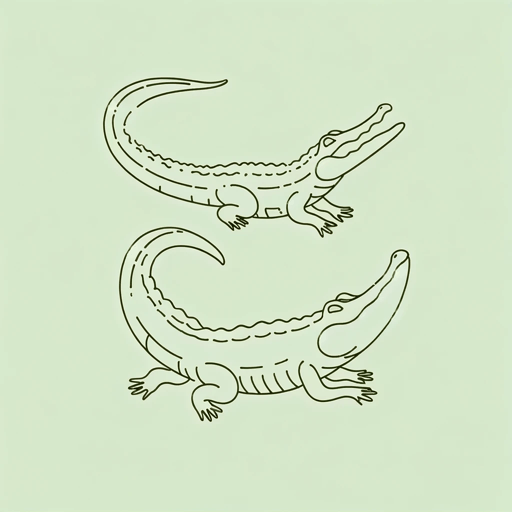50 pages • 1 hour read
Karen RussellSwamplandia
Fiction | Novel | Adult | Published in 2011A modern alternative to SparkNotes and CliffsNotes, SuperSummary offers high-quality Study Guides with detailed chapter summaries and analysis of major themes, characters, and more.
Background
Geographical Context: Ten Thousand Islands
The Ten Thousand Islands are a chain of islands and mangrove islets that lie along Florida’s southwestern Gulf Coast. This area includes the Ten Thousand Islands National Wildlife Refuge and portions of Everglades National Park and is largely uninhabited. The region was used and inhabited by Indigenous peoples for thousands of years prior to colonization. The Calusa people were some of the area’s first known inhabitants and are considered by modern-day Seminole to be ancestral. The Calusa were accomplished sailors. They dug and constructed intricate networks of canals throughout the Ten Thousand Islands, which they navigated in a distinctive kind of dugout canoe that was similar to vessels that would later be used by the Seminole. They lived mostly in the interior portions of the Ten Thousand Islands, and fished for mullet, pigfish, pinfish, and catfish and collected shellfish like conchs, lobster, crab, and oysters. They made contact with Spanish colonial forces in 1513, but remained prominent in the region until the 1700s, when many were wiped out by European diseases and territorial displacement. The Calusa people are best known today for the creation of massive mounds of shells, which calcified, increased the elevation of countless islands, and are in many places still visible today.
Related Titles
By Karen Russell



